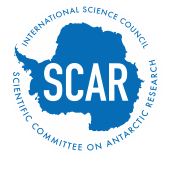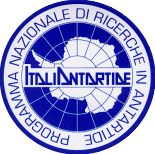|
Name ID: 108652
Place ID: 4142
group of islands and ice rises in George VI Ice Shelf, E of Ronne Entrance, English Coast. The largest of the islands, rising to 410m, was mapped by USAS in December 1940, following a sledge journey down George VI Sound; named Eklund Island after Carl Robert Eklund (1909-62), American biologist and a member of the sledge party; US Fish and Wildlife Service, 1934-57; USARP Scientific Leader, "Wilkes Station", 1957-58 (USAAF chart [LR-] 74, 1943; Ronne, 1945, p.18; Fuchs, 1951b, p.21, footnote). The island was also shown incorrectly as Ecklund or Ecklund Island (USAAF charts [LR-74, 75], 1942). Other features in the group appeared to USAS only as ice-covered hummocks and were not mapped. Isla Eklund (Argentina. IGM map, 1946). The whole group was mapped by FIDS from "Stonington Island", 18-23 November 1949, when recession of the ice front had exposed the islands and ice rises N and NE of the largest island (Fuchs, 1951a, p.410-11). Ekland [sic] Island (CO, 1949, p.36). Eklund-Øya (R nne, 1950b, p.155). Eklung [sic] Island (Nichols, 1953, p.37). Eklund Islands (APC, 1955, p.9; USHO chart 6638, 1955; DCS 601 sheet W 73 70, 1957; BAS 250P sheet SS 16-18/8 and 19-21/5, 1-DOS 1974). Eklund-Insel (Kosack, 1955a, end map). Ekiund [sic] Island (USAF chart GNC 24, 1958). Eklund Eilanden (Knapp, 1958, p.572). Isola Eklund (Zavatti, 1958, Tav. 9). Ostrova Eklunn (Soviet Union. MMF chart, 1961). Islas Eklund (Chile. DNH, 1962. p.204; IHA, 1974, p.114).
|
|
Name ID: 124737
Place ID: 4142
Group of islands which rise through the ice near the SW end of George VI Sound. The largest island, 5 mi in extent and rising to 410 m, was discovered in December 1940 by Finn Ronne and Carl R. Eklund of the USAS during their 1,097-mile sledge journey S from Stonington Island to the SW part of George VI Sound and return. At that time this large island, named by Ronne for Eklund, ornithologist and assistant biologist of the expedition was the only land protruding above an area of hummocky ice. V.E. Fuchs and R.J. Adie of the FIDS sledged to the SW part of George VI Sound in 1949, at which time, because of a recession of the ice in the sound, they were able to determine that the island discovered by Ronne and Eklund is the largest of a group of mainly ice-covered islands. On the basis of original discovery, the US-ACAN recommends that the name Eklund be applied to the island group rather than the single island discovered by Ronne and Eklund.
|

